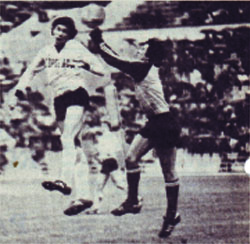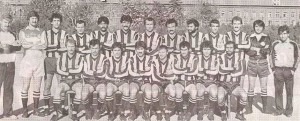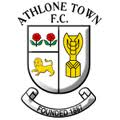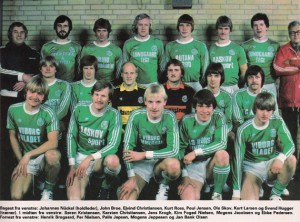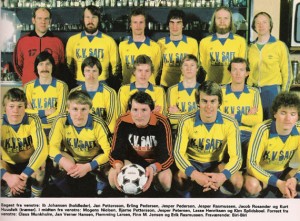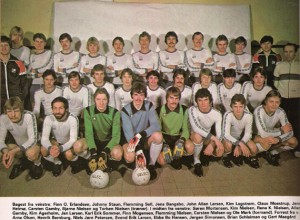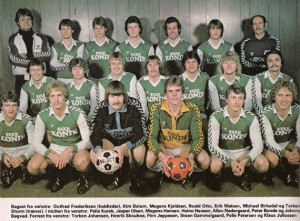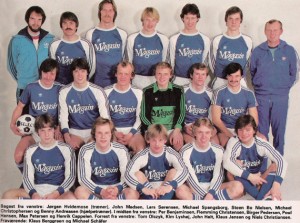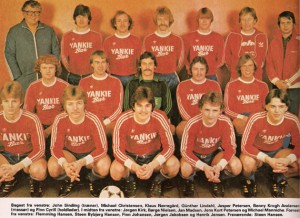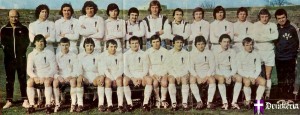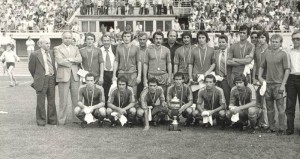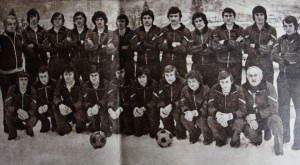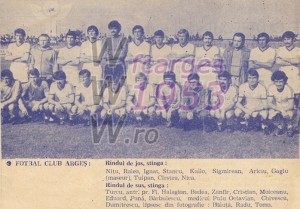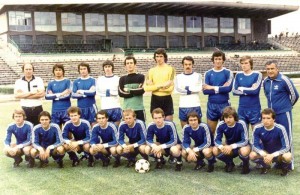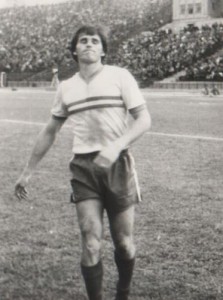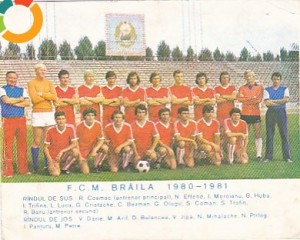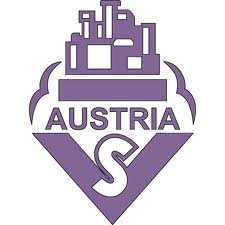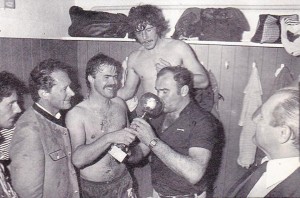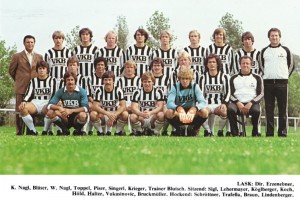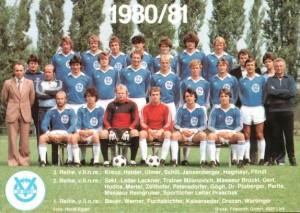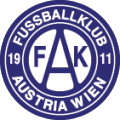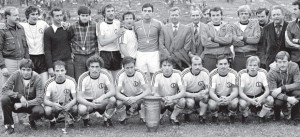In another country it would have been a big scandal, remembered and discussed to this very day and widely covered by foreign press as well, but Turkey was still a football pariah – ranked 24th in Europe – to attract outside scrutiny. As for domestic rattles, the circumstances effectively prevented loud outcry. For it was not the typical scandal of bribing, match mixing, and money shoveled under the table – it was a case based on nationalism, orchestrated from the very top of the government and it was not a democratic government, to say the least. In short, it was the 100th year from the birth of founding father Kemal Ataturk, and the capital – which he made – had no strong first division team and arguably the biggest club of the city was in second division. But what could have been more appropriate celebration of Ataturk than a victory of a club hailing from Ankara? A title was out of question, so the Cup… Ankara got the Cup and something else additionally, so was ordered. Perhaps it helped that the big three Istanbul-based clubs happened to be weak at the moment. What helped more was the Army watching closely on one hand, and also the mighty topic: it was exactly convenient for anyone from secular quarters to cry foul when celebration of secular founding father had to stay out of blemish. Everybody pretended – and pretends today – all was normal. But it was not.
Second Division ended with its usual three winners promoted – Diyarbakirspor, Goztepe (Izmir), and Sakaryaspor.
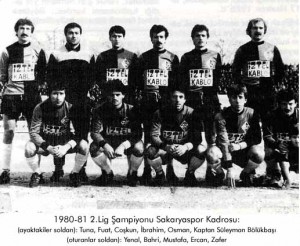 Happy winners Sakaryaspor – going up and rightly so. Good for the other two as well, especially for the fans of Goztepe, who, by now, were not satisfied, since their beloved club lost its leading position a long time ago and climbing back to the top division was the only hope. Anyhow, nobody objected the rightfully promoted clubs, but one other well known name was missing: Ankaragucu (Ankara).
Happy winners Sakaryaspor – going up and rightly so. Good for the other two as well, especially for the fans of Goztepe, who, by now, were not satisfied, since their beloved club lost its leading position a long time ago and climbing back to the top division was the only hope. Anyhow, nobody objected the rightfully promoted clubs, but one other well known name was missing: Ankaragucu (Ankara).
A reason was found to promote Ankaragucu as well – it was really a presidential gift, generously given to the Cup winners. The top league was extended to 17 teams for the next year to make room for the newcomers by fiat. Everybody happy? Better be.
